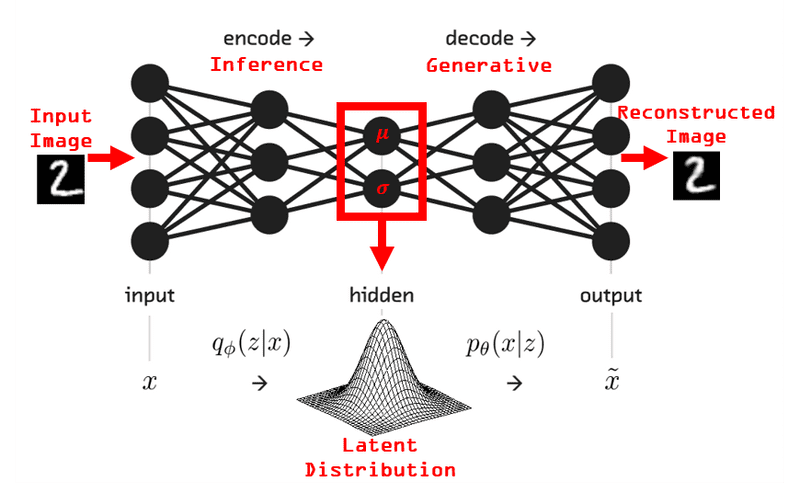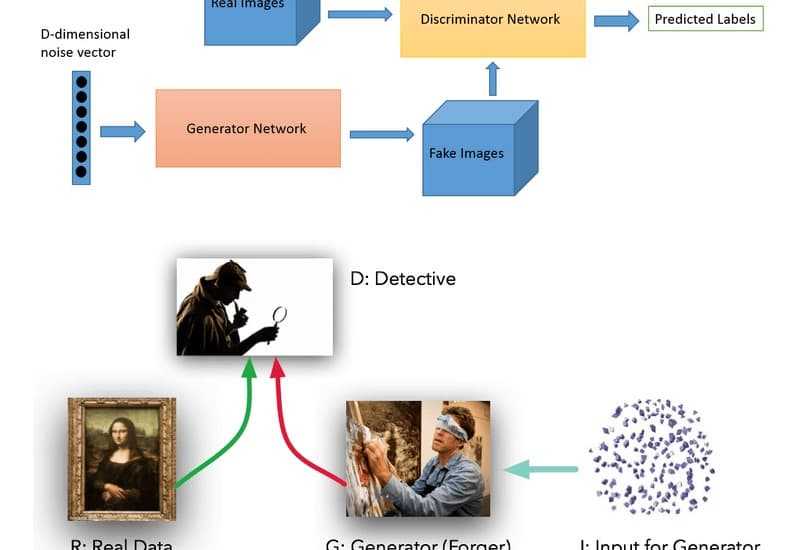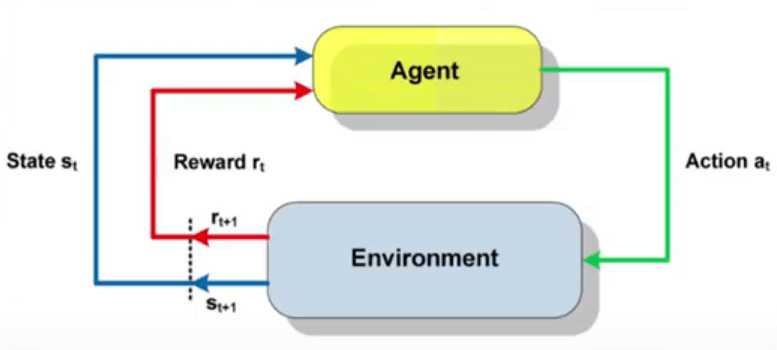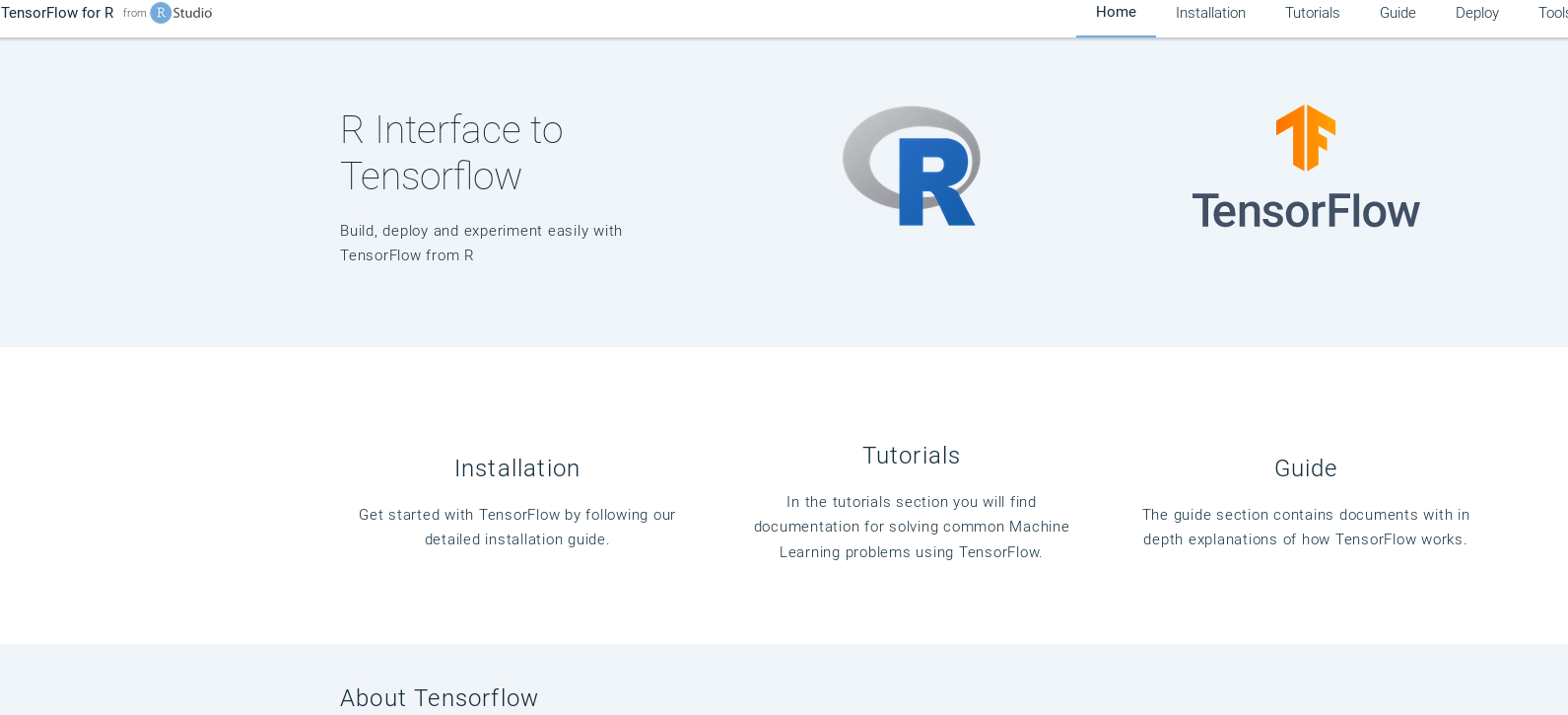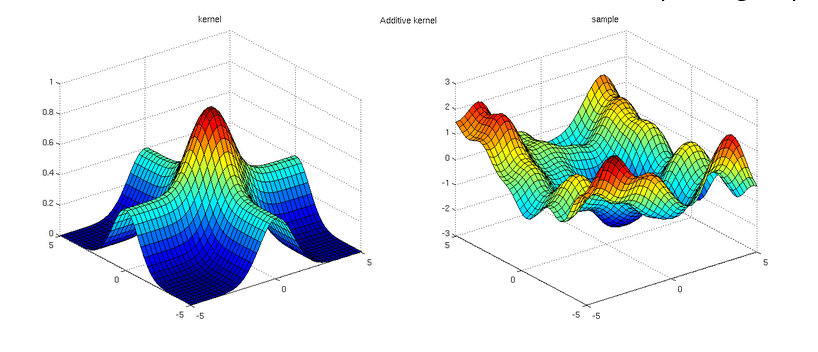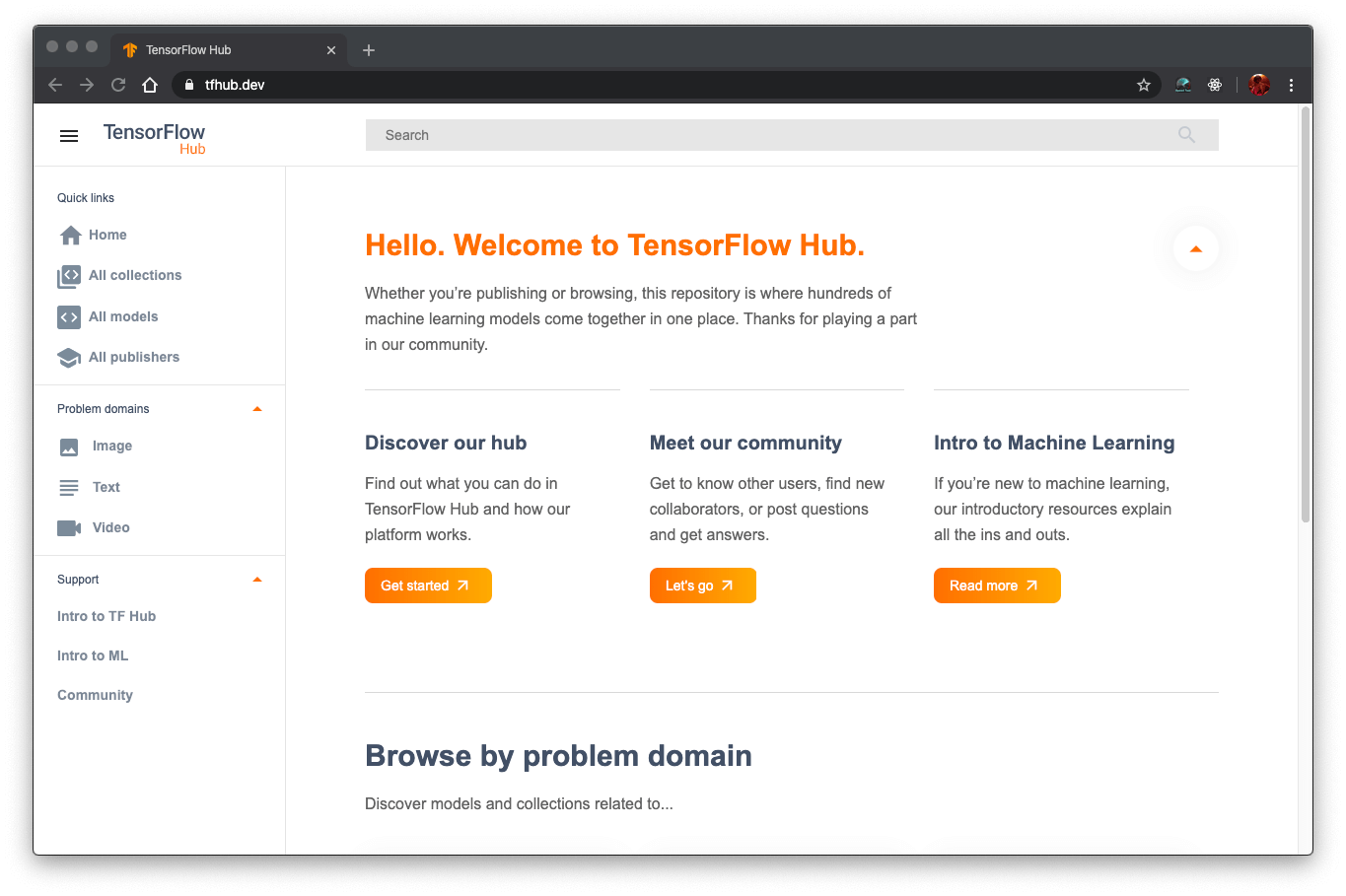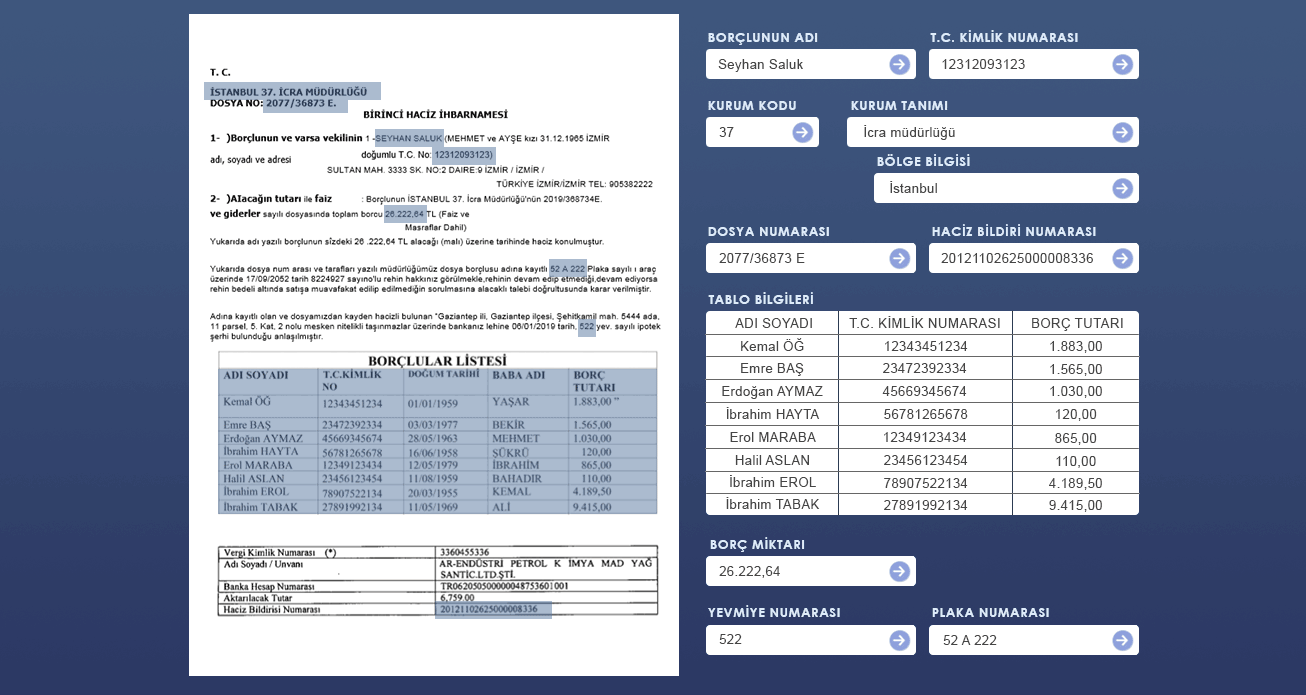The Ultimate Guide to Amazon Nova Sonic
Amazon Nova Sonic offers speedy and humanlike voice conversations tailored to generative AI applications’ dynamic world. This guide provides an in-depth exploration of Amazon Nova Sonic, detailing its capabilities, underlying... The post The Ultimate Guide to Amazon Nova Sonic appeared first on Bigly Sales.

Amazon Nova Sonic offers speedy and humanlike voice conversations tailored to generative AI applications’ dynamic world.
This guide provides an in-depth exploration of Amazon Nova Sonic, detailing its capabilities, underlying technology, benefits, and potential applications.
What is Amazon Nova Sonic?
Amazon Nova Sonic represents a significant advancement in text-to-speech technology. It is offered as a new voice model within the established Amazon Polly service. Its core design principle centers on delivering synthesized speech with exceptionally low latency, making it ideal for applications requiring real-time, interactive voice experiences.
Built using sophisticated generative AI techniques, Nova Sonic aims for speed and a natural, expressive, and dynamic voice quality that closely mimics human conversation patterns.
Think of situations where a quick response is crucial – a customer service chatbot answering a query or a virtual assistant providing immediate feedback. Standard TTS systems might introduce noticeable pauses while converting text generated by an AI model into audible speech.
Nova Sonic drastically minimizes this delay, enabling smoother, more engaging interactions that feel less robotic and more conversational. It is specifically engineered to work seamlessly with generative AI models, which can produce text responses rapidly, ensuring the voice output keeps pace.
Addressing Latency in Conversational AI
In human conversation, timing is everything. Even brief, unnatural pauses can disrupt the flow and make interactions awkward. This challenge has been a persistent hurdle for conversational AI systems.
While large language models (LLMs) and other generative AI can often formulate text responses almost instantly, converting that text into audible speech using traditional TTS methods can introduce perceptible delays.
This latency creates a bottleneck. The AI might know the answer immediately, but the user experiences a pause before hearing it, diminishing the sense of real-time interaction. Imagine asking a virtual agent a question and waiting a second or two for the spoken reply – it breaks the illusion of a natural dialogue.
Amazon Nova Sonic directly tackles this issue. It leverages a novel generative AI model architecture optimized for speed, significantly reducing the time it takes to synthesize speech from text.
Reports suggest Nova Sonic can deliver a perceived response time up to 80% faster than standard Amazon Polly voices. This near-instantaneous audio output allows generative AI applications to respond vocally as quickly as they generate text, leading to genuinely fluid and responsive conversations.
By minimizing latency, Nova Sonic enhances user experience, making interactions with AI feel more natural and efficient.
How Does Amazon Nova Sonic Achieve Human-Like Quality?
Speed is only one part of the equation. For voice interactions to be truly engaging, the voice itself must sound natural. Older TTS systems often suffered from robotic tones, flat intonation, or unnatural cadences. Amazon Nova Sonic employs cutting-edge generative AI to overcome these limitations.
Generative AI models learn complex patterns from vast amounts of human speech data. They don’t just stitch together pre-recorded sounds; they generate the speech waveform, allowing for much greater nuance and expressiveness. This approach enables Nova Sonic to produce speech that exhibits:
- Natural Intonation and Prosody: The voice incorporates realistic variations in pitch, rhythm, and stress patterns that convey meaning and emotion, similar to human speech.
- Expressiveness: The model can capture subtle emotional tones appropriate to the context, making the voice sound more engaging and less monotonous.
- Dynamic Range: Speech generated by Nova Sonic avoids the flat quality often associated with synthetic voices, offering a more dynamic and lively output.
Amazon Nova Sonic was initially available to feature a specific voice persona named “Nova,” an American English female voice. This voice embodies the natural and expressive characteristics made possible by the underlying generative AI technology.
The goal is to create a listening experience that is pleasant, easily understandable, and closely mirrors the qualities of a human speaker.
Key Features and Benefits of Amazon Nova Sonic
The introduction of Amazon Nova Sonic brings several compelling advantages for developers and businesses building voice-enabled applications.
Unprecedented Speed and Low Latency
This is the hallmark feature. Nova Sonic enables near real-time voice responses by dramatically reducing the time required for speech synthesis.
This is crucial for interactive applications like virtual assistants, chatbots, and IVR systems, where delays can frustrate users and hinder engagement—the ability to deliver voice output almost instantaneously after text generation transforms the user experience.
Natural and Expressive Voice Quality
Leveraging generative AI, Nova Sonic produces speech that sounds remarkably human-like. The natural intonation, rhythm, and expressiveness make interactions more engaging and less artificial.
This high-quality audio output enhances user trust and satisfaction, making voice interfaces more appealing and effective.
Optimized for Generative AI Applications
Nova Sonic is purpose-built to complement the speed of modern generative AI models. As LLMs rapidly produce text outputs for conversational turns, Nova Sonic ensures the voice synthesis keeps pace, eliminating the TTS bottleneck.
This synergy allows for the creation of genuinely interactive and dynamic voice experiences powered by the latest AI advancements.
Built on Proven Amazon Polly Technology
As part of the Amazon Polly family, Nova Sonic benefits from the robustness, scalability, and reliability of the AWS cloud infrastructure.
Developers familiar with Amazon Polly can easily integrate Nova Sonic into their existing workflows using the AWS SDKs, Command Line Interface (CLI), or the AWS Management Console. This ensures a smooth adoption path and leverages a mature, well-supported service.
Potential Use Cases and Applications
The unique combination of speed and naturalness offered by Amazon Nova Sonic opens up numerous possibilities across various domains.
Responsive Virtual Agents and Chatbots
Customer service is a prime area where Nova Sonic can significantly impact. AI-powered virtual agents with Nova Sonic can handle customer queries with faster, more natural-sounding voice responses.
This improves call resolution times, reduces customer frustration associated with automated systems, and provides positive brand interaction. Imagine a support bot that converses fluidly, without awkward pauses, enhancing the overall service experience.
Next-Generation Interactive Voice Response (IVR) Systems
Traditional IVR systems are often criticized for being slow and challenging to navigate. Nova Sonic can transform these systems by enabling more dynamic and conversational interactions.
Callers can experience faster responses and clearer, more natural prompts, making automated phone systems more efficient and user-friendly. The reduced latency allows for quicker menu navigation and speedier processing of spoken requests.
Dynamic Content Generation
Nova Sonic is well-suited for applications that require generating spoken content on the fly. This includes:
- Real-time News Reading: Delivering breaking news articles audibly almost as soon as they are published.
- Personalized Marketing Messages: Creating dynamic, personalized voice advertisements or notifications.
- Educational Content: Providing interactive, spoken explanations or feedback in e-learning platforms.
- Gaming: Enabling more realistic and responsive non-player character (NPC) dialogue.
The speed ensures that the generated audio content remains timely and relevant.
Enhancing Accessibility
While not its primary goal, Nova Sonic’s naturalness and speed could potentially enhance accessibility tools.
Screen readers or voice-based interfaces could benefit from a more responsive and easier-to-understand voice output, improving the user experience for individuals with visual impairments or other disabilities.
Getting Started with Amazon Nova Sonic
Accessing Amazon Nova Sonic involves using the Amazon Polly service. During its initial launch phase, Nova Sonic is available in preview in specific AWS regions:
- US East (N. Virginia) (us-east-1)
- US West (Oregon) (us-west-2)
- Europe (Frankfurt) (eu-central-1)
Developers can utilize Nova Sonic through the standard Amazon Polly API, AWS SDKs, or the AWS CLI.
When making a SynthesizeSpeech request to Amazon Polly within the supported regions, specify “Nova” as the VoiceId and select an appropriate engine that supports generative voices (typically indicated in the Polly documentation).
Integration with other AWS AI services is straightforward. For instance, Nova Sonic can be seamlessly combined with:
- Amazon Lex: To build sophisticated conversational interfaces (chatbots, virtual agents) with fast, natural voice output.
- Amazon Bedrock: To power generative AI applications where the text responses generated by foundation models are quickly converted to speech by Nova Sonic.
- Amazon Transcribe: To create end-to-end voice interaction systems, converting user speech to text (Transcribe) and generating AI responses spoken by Nova Sonic (Polly).
For the most current details on availability, pricing, and specific implementation steps, consult the official Amazon Polly documentation.
Amazon Nova Sonic vs. Standard Amazon Polly Voices
Amazon Polly already offers a wide range of voices using different TTS technologies (standard/neural). How does Nova Sonic compare?
- Speed: Nova Sonic is significantly faster and is designed explicitly for minimal latency in interactive scenarios. While high-quality, standard, and neural Polly voices may have higher latency, they are not as optimized for rapid back-and-forth conversation.
- Technology: Nova Sonic uses a generative AI model specifically tuned for speed and naturalness in conversational contexts. Other Polly voices use standard synthesis or neural TTS (NTTS) models to produce high-quality speech. Still, they may prioritize broader language support or different voice characteristics over ultra-low latency.
- Naturalness: While Polly’s neural voices are already very natural-sounding, Nova Sonic aims for a level of dynamic expressiveness specifically suited for conversation. Thanks to its generative approach, it could offer subtle improvements in mimicking human conversational patterns.
- Use Case Focus: Nova Sonic is laser-focused on interactive, real-time applications powered by generative AI. Standard and neural Polly voices serve a broader range of TTS needs, including long-form narration, asynchronous content generation, and applications with less critical minimal latency.
- Availability: Initially, Nova Sonic offers one specific voice (“Nova,” US English female) in select regions. The standard and neural Polly tiers provide wider voice, language, and regional availability.
Choosing between Nova Sonic and other Polly voices depends on the application’s requirements. Nova Sonic is the prime candidate if ultra-low latency for real-time interaction with generative AI is paramount.
Standard or neural Polly voices remain excellent for other TTS tasks or wider language/voice needs.
Conclusion
Amazon Nova Sonic is more than just another text-to-speech voice; it represents a targeted solution to a critical challenge in the age of generative AI – the need for speed in voice interaction.
Nova Sonic enables developers to build more responsive and engaging voice-driven applications by combining ultra-low latency with natural, human-like speech synthesis.
Its impact is poised to be substantial, from transforming customer service interactions with fluid virtual agents to enabling dynamic real-time content generation. As AI becomes more conversational, technologies like Nova Sonic will help shape intelligent and genuinely natural interfaces.
FAQs
What exactly is Amazon Nova Sonic?
Amazon Nova Sonic is a new, high-performance text-to-speech (TTS) voice model available within the Amazon Polly service. It uses generative AI to produce natural, human-like speech with extremely low latency, making it ideal for real-time, interactive generative AI applications.
How is Amazon Nova Sonic different from other Amazon Polly voices?
The primary difference lies in its speed and optimization for generative AI. Nova Sonic is designed for ultra-low latency, offering significantly faster response times than standard or neural Polly voices. It uses a specific generative AI model focused on quick, natural conversational speech, whereas other Polly voices serve broader TTS needs or use different underlying technologies (standard/neural TTS). Initially, it also offers a specific voice (“Nova”) in select regions.
What makes the Nova Sonic voice sound “human-like”?
Nova Sonic achieves its humanlike quality through generative AI. Instead of just assembling sounds, it generates the speech waveform based on patterns learned from vast amounts of human speech data. This allows it to capture natural intonation, rhythm, stress patterns (prosody), and expressiveness characteristic of human conversation.
What are the main benefits of using Amazon Nova Sonic?
The key benefits include:
- Ultra-low latency: Enables near real-time voice responses for fluid conversations.
- Natural and expressive voice: This creates more engaging and less robotic user experiences.
- Optimized for Generative AI: Seamlessly integrates with fast AI models, eliminating TTS bottlenecks.
- Reliability: Built on the scalable and robust Amazon Polly platform within AWS.
Where can Amazon Nova Sonic be used effectively?
It is particularly effective in applications requiring fast, interactive voice capabilities, such as:
- Responsive virtual customer service agents and chatbots.
- Improved Interactive Voice Response (IVR) systems.
- Real-time generation of spoken content (e.g., news updates, personalized messages).
- Voice interfaces for dynamic applications where immediate feedback is crucial.
The post The Ultimate Guide to Amazon Nova Sonic appeared first on Bigly Sales.











































![[The AI Show Episode 144]: ChatGPT’s New Memory, Shopify CEO’s Leaked “AI First” Memo, Google Cloud Next Releases, o3 and o4-mini Coming Soon & Llama 4’s Rocky Launch](https://www.marketingaiinstitute.com/hubfs/ep%20144%20cover.png)


















